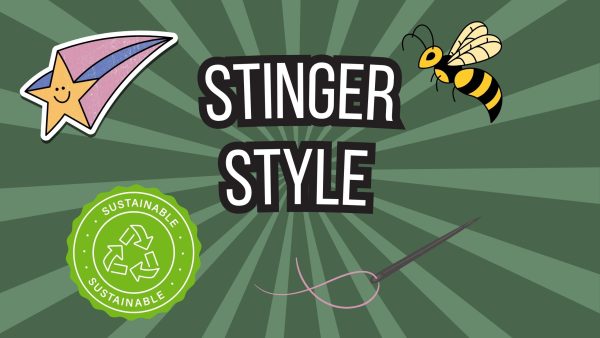Financial aid is not just for books and supplies anymore
April 3, 2013
Every semester students make major purchases assisting them with their education tuition: laptops, living expenses or even car maintenance are all federally accepted. Extravagant purchases are also made on the government’s dime that the US department of education would not approve of.
Tattoos and trips out of state are not approved by Uncle Sam but students make them anyway as they contribute to the “college experience,” even when consequences can ensue.
The Higher Education Act of 1965 first established aid to students seeking financial assistance for post-secondary education whom would not be able to fund themselves otherwise. Today, $165 billion in aid is distributed to more than 12 million students every year according to fafsa.ed.gov.
The amount of money distributed to each student who qualifies is carefully calculated based on the cost of attendance and how much a student’s family can contribute. Loans are offered each semester that are expected to be paid back with interest after a student graduates. Pell Grants are a smaller amount of money but do not have to be repaid.
Because the maximum amount awarded in Pell Grants is $5,550, according to ed.gov, some students are left with a small lump sum to spend after tuition on books, supplies and living expenses.
Countless students each semester are guilty of not spending their refund money in the appropriate manner, none of which will be named to avoid their investigation.
“We do educate students about borrowing and hope they each heed our advice and borrow wisely,” said Sacramento State’s Director of Financial Aid and Scholarships Anita Kermes. “Certainly, if we know that an applicant is fraudulently in receipt of funds we are required to report them to the Office of Inspector General and an investigation would ensue.”
A lot can be done with a couple thousand dollars at your disposal, and some do go for the extravagant purchase. However, most students treat themselves in more modest ways.
“The refund I got was a little over $1,000. I went shopping a little bit, going to the mall and stuff like that here and there,” said a Sac State student. “I know some of my friends bought cars with their refund money which is helpful. My roommate helped her mom pay off some bills that she can’t pay so not all of the money goes to material things.”
These purchases, whether they are big or small, help contribute to the experience all high school students dream of before college. The college years for most are new and exciting. The drive to have new experiences are at a high while the funds present may not reflect what it will take to do this new thing. Paying for a trip out of town or buying new clothes on funds that did not come from a parent can give any student a sense of independence.
Unfortunately, some students do not get the benefit of receiving a Pell Grant refund because their families make a lot of money or just enough to get by.
“Part of it is just unfortunate that we don’t qualify,” said senior government major Justin Boman. “I know it is a good system. My girlfriend, for example – that’s the only way she could be in college so I know it is effective.”
For those that do qualify, spending money on items that don’t assist with school or living expenses consists of a federal crime.
A large financial aid fraud ring was taken down this year in Sacramento after the members made out with $80,000. Their process was simple: sign up for school and don’t go.
Kermes said there are a series of checks and balances to mitigate an investigation of funds.
To all students who have qualified for financial aid, spend that money wisely. It is a privilege that can easily be taken advantage of.
For every new pair of sunglasses purchased with federal funds, treat yourself to some new school supplies or textbooks. It is what is approved and it might save you if they ask for your bank records.
Anthony can be reached at: [email protected]









































































































































